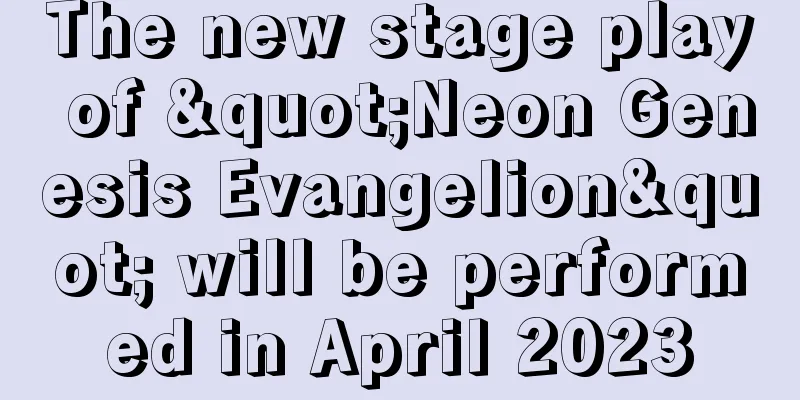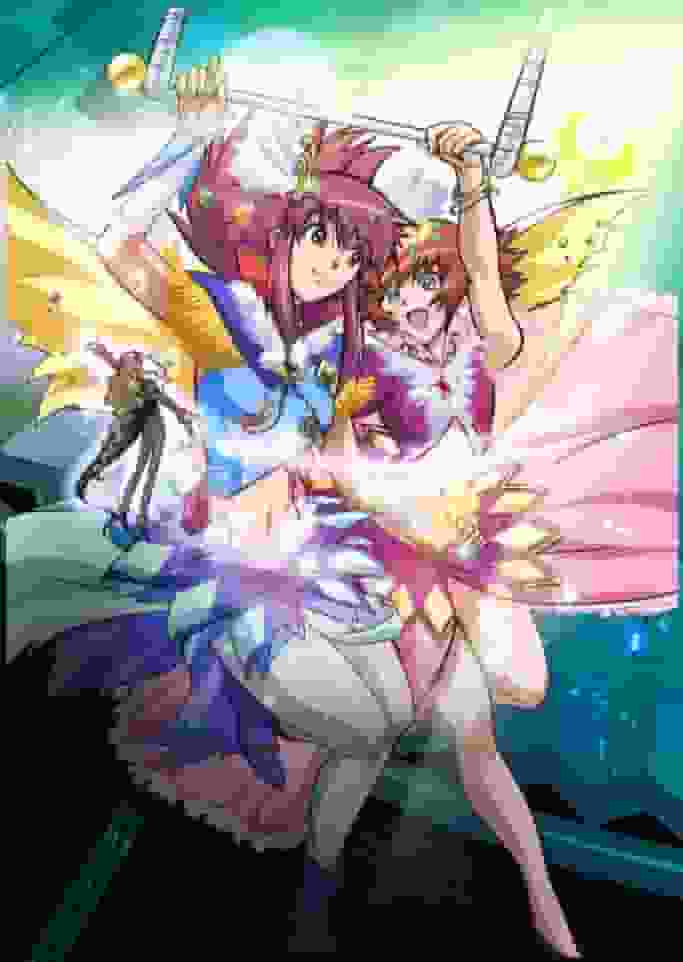The appeal and reviews of "Work Together": An anime depicting inspiring teamwork

Work together in harmony - Nakayokuhatarake■ Public Mediatheater ■ Original MediaAnime Original ■ Release date1940 ■ Number of EpisodesEpisode 1 ■ Production・Production company unknown ■ExplanationCommissioned by the Ministry of Education ■ Main staff・Production/Production company unknown ・Illustration/Yasushi Murata ・Direction/Yasushi Murata Work Together - Detailed Review and Recommendation of NakayokuhatarakeThe animated film "Work Together, Let's Work Together," released in 1940, was produced in prewar Japan and is extremely important in understanding its historical background and significance. This work was commissioned by the Ministry of Education and reflects the educational objectives of the time. Below, we provide a detailed review and recommendation of this work. Background and significance of the work"Work Together" was created in 1940 in Japan, during the Second World War, when cooperation with the war effort was strengthened within Japan. Commissioned by the Ministry of Education, the work was created as part of the nation's moral education, with the aim of teaching cooperation and hard work to children in particular. This work occupies an important place in understanding pre-war Japanese animation culture. Japanese animation at the time was still in its infancy and had limitations both in terms of technology and content. However, "Work Together" is highly regarded as a work that succeeded in effectively conveying an educational message. Story and ThemesThe story of "Work Together" is very simple. It depicts animals working together, and conveys the importance of cooperation and hard work. Specifically, the story shows animals plowing the fields and building houses together. Through these scenes, viewers can learn the value of cooperation. The theme of this work is cooperation and hard work. These were values that were emphasized in Japanese society at the time, and were particularly important themes during the wartime cooperation system. In the work, animals are depicted helping each other and working together to achieve goals, which leaves a strong impression on the viewer. Characters and performancesThe characters in "Work Together" are mainly animals. Specifically, there are rabbits, foxes, bears, and other animals, each with their own unique role. These characters are relatable to children and serve as an effective means of conveying educational messages. In terms of direction, Yasuji Murata is in charge of drawing and directing. He was an important figure in the world of Japanese animation before the war, and his technique and sensibility contributed greatly to this work. In particular, the depiction of the animals' movements and expressions is extremely realistic, leaving a strong impression on the viewer. Furthermore, the simple yet effective direction succeeds in effectively conveying the theme of the work. Technical evaluation"Work Together" reflects the technical standards of the 1940s. At the time, most Japanese animation was still hand-drawn, which meant there were technical limitations. However, this work demonstrates high technical ability even amongst them. In particular, the depiction of the animals' movements and facial expressions is extremely realistic, leaving a strong impression on the viewer. The use of color is also effective, successfully enhancing the atmosphere of the work. This work was released in theaters, and considering the technical standards of the time, it should be highly praised. In particular, the direction and character portrayal, which effectively convey the educational message, are excellent in both technical and content terms, and it occupies an important position in understanding prewar Japanese animation culture. Recommendations and ratings"Work Together" is a very important work for understanding prewar Japanese animation culture, and is especially appreciated for its successful and effective educational message. The work was produced with the aim of teaching cooperation and hard work, and it uses high technical skill and sensitivity to achieve this goal. Here are some reasons why I recommend this work:
For these reasons, "Hajime wa Ukon" is a very important work for understanding prewar Japanese animation culture, and is particularly valued as a work that effectively succeeds in conveying an educational message. I recommend this work and encourage as many people as possible to watch it. Related information and recommended contentTo gain a deeper understanding of "Work Together," we recommend that you refer to the following related information and recommended content. Related information
Recommended Content
Above, I have provided a detailed review and recommendation of "Work Together." This work is extremely important for understanding prewar Japanese animation culture, and is particularly valued as a work that effectively succeeds in conveying an educational message. I hope that many people will watch it and understand its significance. |
<<: "Kachikachi Yama" Review: A new interpretation of a classic fairy tale and its appeal
>>: "Where the Fox Goes" review: A fascinating story and deep characters
Recommend
The Boys Season 2 Official Trailer + Poster to be aired on September 4
Amazon's superhero drama "The Boys"...
Marvel's Golden Age: "Avengers 4" tops the list of the most anticipated blockbusters in 2019
According to foreign media reports, Fandango, one...
EVA heroine Ayanami Rei can be a hands-on office with a sky-high price of 1.98 million yen.
The highly anticipated "Neon Genesis Evangel...
The Japanese manga adaptation of the domestic TV series "Monthly Girls" was renamed "Summer Fireworks"
Earlier we reported that the Japanese manga "...
Jonathan, the Conqueror actor, was arrested for allegedly violently assaulting a 30-year-old woman
According to foreign media reports, Jonathan Majo...
The appeal and reputation of Abenobashi Magic Shopping Street: A thorough analysis of the unique world view and appeal of the characters
Abenobashi Magic Shopping Street: An adventure in...
18 years of warmth and touching moments! Stills from the new version of the classic "Fruits Basket" animation are released first
The new animated version of the classic manga &qu...
"SUSHI POLICE" review: A strange mix of sushi and police
"Sushi Police": A police organization t...
Thor: Ragnarok easily retained the North American crown but the decline was as high as 68%
Last week, there were no big-budget new films rel...
The appeal and reviews of "Tamayura ~hitotose~": A story of healing and growth
The appeal and impressions of "Tamayura ~hit...
The live-action Borderlands movie will be released on August 9, 2024
During this week's San Diego Comic-Con, the o...
The director of the movie "Wanda and the Colossus" said that after 10 years of preparation, the project has not been abandoned but there are funding problems
As early as 2009, there was news that Sony Pictur...
The special CM of "It's Not Easy to Run Away" is released and the second episode is coming soon
According to new news, the special episode of the...
Review of "Makai Oji: Devil and Realist": Attractive characters and deep story development
"Makai Oji: Devils and Realist": A fusi...
"Attack on Titan" finale commemorating 7x-sized giant manga wins Guinness World Record
The extremely popular fantasy manga "Attack ...









